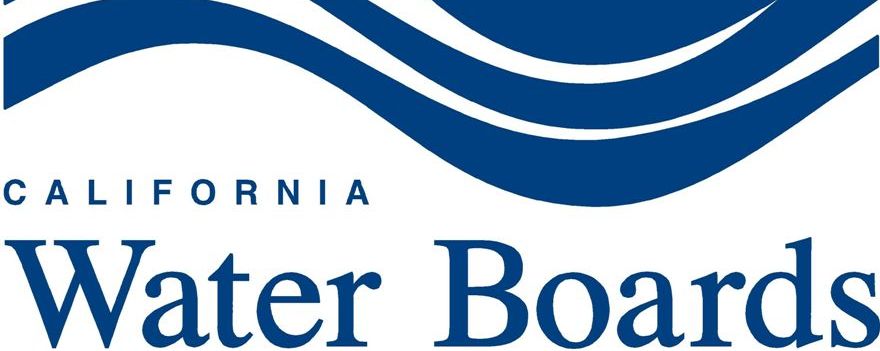From the State Water Resources Control Board:
The State Water Resources Control Board today notified pre-1914 water right holders with a priority date of 1903 or later in the Sacramento and Feather River watersheds and the Delta that there is currently water available to meet their reported demand under their priority of right.
The notification means that those water right holders can begin diverting again.
The notification is based on the State Water Board’s analysis of the full natural flow for each of the watersheds, and is due primarily to reduced monthly diversion demand by water right holders in the Sacramento and Delta watersheds, as reported in response to a February 4, 2015 Information Order issued by the State Water Board.
Water shortage notifications remain in effect for pre-1914 water right holders in the Yuba, American and San Joaquin river watersheds, as well as for all post-1914 rights on the Sacramento-San Joaquin River watersheds and Delta.
All water right holders should keep a record of their diversions. Any water right holder found to be diverting water when there is insufficient water available to support their priority of right is subject to enforcement.
The State Water Board is monitoring weather forecasts and stream gages, and will notify water right holders of water availability or unavailability as conditions change.
Background
California water rights law is based on seniority. In dry years, when there isn’t enough water in the system to serve all water right holders, those with more junior rights should stop diverting water from rivers and streams so the available water can be used by more senior right holders.
The Water Commission Act of 1913, which took effect in 1914, created California’s system of water rights and the distinction between junior and senior appropriative water rights. Senior water right holders are those claiming appropriative water rights established prior to the Water Commission Act, and riparian water rights. Riparian water rights are rights granted to owners of land abutting a stream or river. In most instances, riparian rights share equal priority to the available natural flow and have seniority over appropriative water rights (both pre-1914 and post-1914). For appropriative rights, the priority system is based on the concept of “first in time, first in right.”
The State Water Board administers California’s system of water rights and is authorized to prevent illegal diversions of water. Illegal diversions include taking water at times when there is insufficient water available under the priority of right held by the diverter.
Due to the severe drought in California, holders of 9,329 water rights in five Northern California watersheds were notified between April and July of this year that insufficient water was available to meet their water right demand.
The State Water Board maintains a webpage to assist water right holders in several key watersheds to plan for possible limits on water supply availability. The webpage, titled “Watershed Analysis,” details projected water supply, demand and availability for the watersheds most likely to face restrictions during the drought as demand outstrips available water supply.
Please visit our website to see what watersheds have received notices regarding water availability.
Information on the drought is available at the State Water Board’s drought website.
To learn about all actions the state has taken to manage our water resources and cope with the impacts of the drought, visit Drought.CA.Gov. Every Californian should take steps to conserve water. Find out how at SaveOurWater.com.
——————————————–
Get the Notebook blog by email and you’ll always be one of the first to know!
- Sign up for daily emails and get all the Notebook’s aggregated and original water news content delivered to your email box by 9AM. Breaking news alerts like this one, too. Sign me up!
 Maven’s Notebook
Maven’s Notebook
constantly watching over the world of California water


